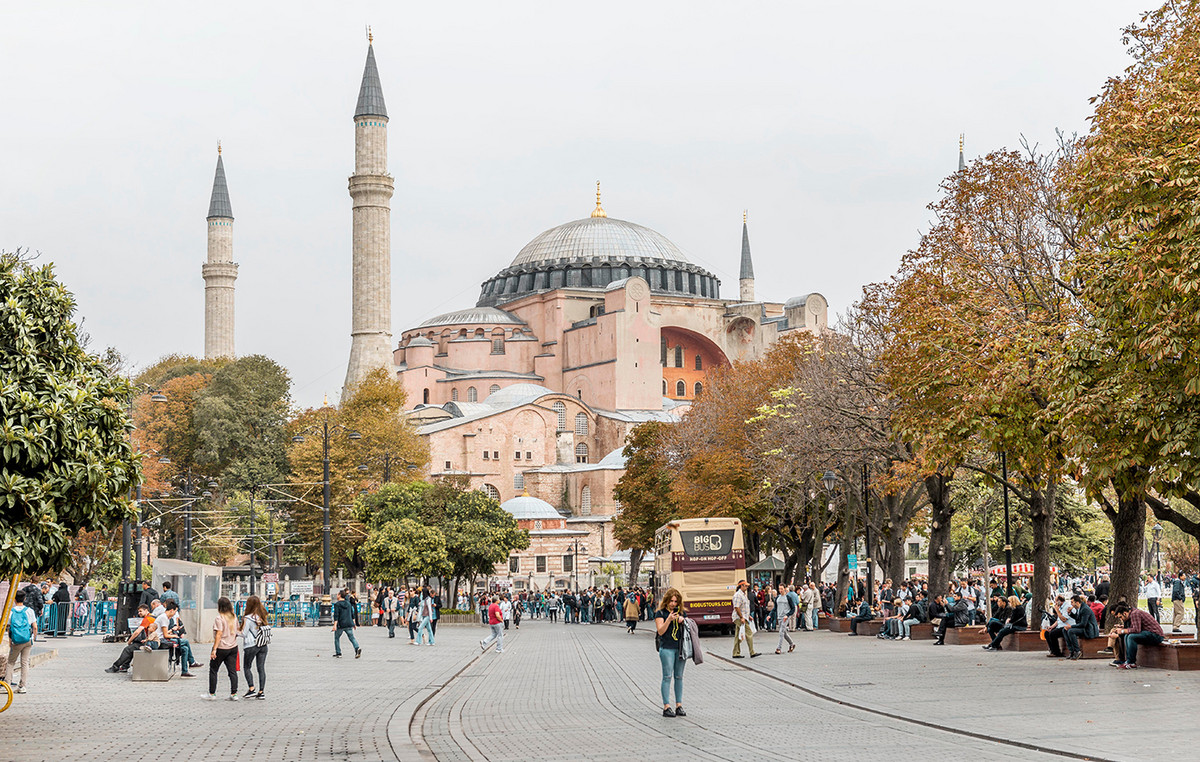The biggest anti-government protests in Cuba since the 1959 revolution began with a blackout on a hot summer day. After days of government power cuts, residents of the small town of San Antonio de los Baños lost patience. On July 11, 2021, they took to the streets to complain.
The episode might have remained a Cuban urban legend, a whispered moment of rare public dissent on the communist island, were it not for recent updates to the island’s mobile internet.
But that summer, Cubans across the country were able to live stream and see in real time the protests unfolding in San Antonio de los Baños – and join them.
Almost immediately across the island, thousands of other Cubans took to the streets, some complaining about a lack of food and medicine, others denouncing senior officials and calling for greater civil liberties.
The unprecedented demonstrations have even spread to small towns and villages where there are more horses and carriages on the potholed streets than cars.
In the city of San Jose de las Lajas, Marta Perdomo said her two sons Nadir and Jorge, both teachers, immediately joined the protests as soon as news of disturbances arrived in other parts of the country.
“My children left because, like all Cubans, they were desperate with the situation,” Marta Perdomo told CNN . “They are parents. Every day here we have less. There was no medicine. It was a very sad moment with the pandemic. Children were dying and so were the elderly,” she added.
Anger spilled over to Cubans as shortages of food and medicine — already regular in the country — became increasingly worse. After years of government neglect, power grids were breaking more and more often.
While Cuban officials have long blamed US sanctions for the island’s woes, protesters on July 11 lashed out directly at their own government for its worse living conditions.
The video that Marta’s son Nadir took that day shows crowds of protesters peacefully marching down the street. They themselves seemed in shock at what was happening.
“This is authentic! It’s spontaneous!”, said Nadir in the video.
According to Perdomo, protesters in San Jose de las Lajas did not loot government-run stores that sold hard currency items or overturned police cars, unlike in other cities.
As more and more Cubans took to the streets, it became clear that the Cuban government was facing the biggest internal challenge to maintaining power in decades.
In a speech on state TV, President Miguel Diaz-Canel blamed US government sanctions on the island’s economic problems, said the protests were the result of a subversion campaign directed from abroad and urged worshipers to clear the streets of protesters.
“We are calling on all the revolutionaries in the country, all the communists, to go to the streets, to all the places where they can replicate these provocations. “The combat order was given,” he said.
Government supporters carrying batons alongside police began to disperse the protests. Hundreds of Cubans were arrested; some for clashing with authorities, others for simply filming the riot with their phones.
As the protests in San Jose de las Lajas were interrupted by government supporters and the police, Nadir and Jorge Perdomo returned to their home and filmed a video on their cell phones that they were able to post despite government attempts to cut off internet access on the island.
“Nobody paid us. We’re just reacting like all the people reacted,” Nadir says in the video, rejecting the government’s claims that the protests were planned.
Both brothers were arrested days later and charged with alleged crimes, including public disorder, assault and contempt. Their mother, Marta, pointed out that the charges against her children were fabricated and that they were being punished for peacefully demonstrating against the government.
Cuban officials say many of the arrested protesters were delinquents and “counter-revolutionaries.” But in their court records, prosecutors note that neither Nadir nor Jorge had a criminal record and both were “well regarded” in their community. In February, Nadir was found guilty and sentenced to six years in prison, and Jorge to eight years.
So far, prosecutors say they have convicted and sentenced about 500 people in connection with the protests, the biggest mass trials on the island in decades.
Avoiding future protests
International human rights organizations say the Cuban government is using the processes to intimidate anyone who dares to protest again.
“We found that prosecutors were constantly charging Cubans for exercising their basic rights, such as peacefully protesting against their president or police, exercising their right to freedom of expression,” noted Juan Pappier, a senior researcher for the Americas at Human Rights Watch ( HRW).
On Monday, HRW released a report on the protests that it says documents 155 cases of alleged abuse against people involved in last year’s demonstrations, “including harassment, arbitrary detention, abusive prosecutions, beatings and other cases of ill-treatment that in some cases constitute torture”.
The organization also accused the Cuban government of further clamping down on civil liberties to prevent more such actions from taking place.
Marta Perdomo said she was also restricted after she was invited to Europe in June to speak about her children to human rights groups and lawmakers. When she arrived at Havana’s airport, authorities told her and the other mother of an arrested protester that they would not be allowed to travel.
“They said I was ‘regularized’ and couldn’t go,” Perdomo explained.
The Cuban authorities did not respond to a request from the CNN asking why Marta Perdomo was not allowed to leave the island.
Although she says she is worried when her three grandchildren will see their parents again, she has no regrets.
“They didn’t have to leave, but they felt Cuba’s pain,” Perdomo said. “That’s why they left. That day, my children were free,” he added.
It remains to be seen whether the July protests will be remembered as a rare outburst of public anger or a new stage in the fight for greater openness.
As the pandemic, US sanctions and the slow pace of reforms continue to affect the Cuban economy, island officials seem to realize that despite their heavy crackdown over the past year, more protests could happen at any time.
In June of this year, hundreds of Cuban students from a university in the city of Camagüey started a nightly demonstration after the power cut in their dormitory.
“F***** these blackouts! Turn on the electricity!” they sang while banging pots, as seen in videos students posted on social media. Cuban authorities quickly turned the lights back on.
Source: CNN Brasil
I’m James Harper, a highly experienced and accomplished news writer for World Stock Market. I have been writing in the Politics section of the website for over five years, providing readers with up-to-date and insightful information about current events in politics. My work is widely read and respected by many industry professionals as well as laymen.







